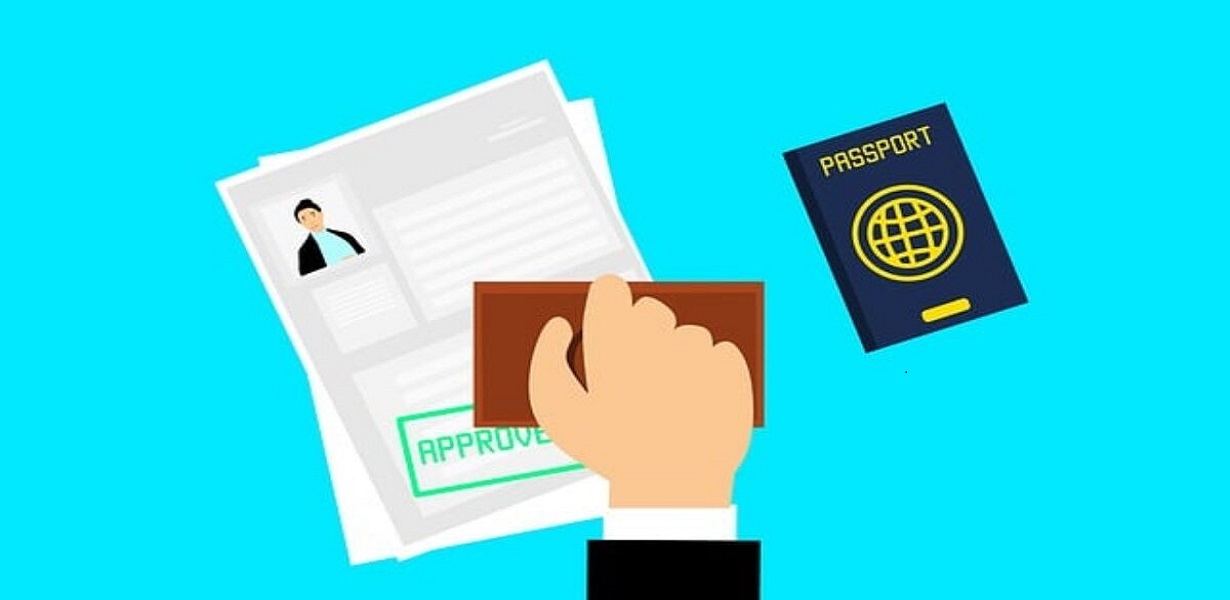
When embarking on journeys that span the globe, the excitement of exploring new cultures and landscapes often comes hand in hand with the intricacies of international travel regulations. In this comprehensive guide, we delve into the realm of travel visas, deciphering the diverse landscape of visa requirements, visa-free countries, and the key steps to securing the international visa that suits your travel aspirations.
Understanding Travel Visas: A Crucial Primer
Navigating the labyrinth of international travel regulations begins with comprehending the concept of travel visas. A travel visa, in essence, is an official endorsement, affixed to your passport, granting you the authorization to enter a specific country for a designated period and purpose. This document safeguards both travelers and host nations by ensuring that entry is granted only to those who meet predetermined criteria.
Types of Travel Visas: Tailoring to Your Journey
The world of travel visas encompasses a spectrum of categories, tailored to accommodate various purposes of travel. From tourist visas that permit leisurely exploration to business visas facilitating professional endeavors, the range is vast. Work visas, student visas, and transit visas round out the options, each with distinct eligibility criteria and application processes.
The Visa-Free Countries List: Where Wanderers Roam Freely
For adventurers seeking to explore without the constraint of visas, a realm of possibilities awaits through visa-free travel. These are countries that extend entry to certain passport holders without requiring a visa. It’s essential to note that the list of visa-free countries varies based on your nationality. However, some countries, like those in the Schengen Area, provide access to multiple nations with a single visa.
Deciphering Travel Visa Requirements: Demystifying the Process
Gaining a comprehensive understanding of travel visa requirements is integral to a seamless travel experience. The prerequisites encompass a gamut of details, including valid passports, completed visa applications, proof of travel itinerary, and sometimes, financial sustenance during your stay. For certain visas, additional documentation such as letters of invitation, travel insurance, or confirmed return tickets may be necessary.
The Application Process: Navigating with Finesse
Securing a travel visa involves a well-choreographed dance through paperwork and protocols. The process typically commences with filling out the visa application form, available through the consulate or embassy website of your destination country. An important aspect to remember is to initiate the application well in advance, as processing times can vary from a few days to several weeks.
Embassies and Consulates: Your Visa Gatekeepers
Embassies and consulates serve as the portals to the world of travel visas. These diplomatic outposts are entrusted with processing visa applications and determining eligibility. It’s imperative to familiarize yourself with the specific requirements of the embassy or consulate you’re dealing with, as procedures can differ based on location.
Visa Interviews: A Glimpse into Your Travel Intent
Certain countries mandate visa interviews as part of their application process. These interviews serve as a platform for you to communicate the purpose of your visit, clarify any potential misconceptions, and demonstrate your intentions to comply with local regulations. Adequate preparation, including knowledge of your travel itinerary and accommodation details, is vital to ace the interview.
Denied Visas: Unraveling the Complexities
While we embark on journeys with high hopes, the possibility of a denied visa is a reality to consider. Understanding the reasons behind visa denials can empower you to address potential concerns. Common reasons include incomplete documentation, insufficient financial proof, discrepancies in information, or concerns related to overstaying previous visas.
The Visa Approval: Embarking on Your Adventure
The moment the notification of visa approval graces your inbox is a testament to meticulous planning and preparation. With the visa stamp adorning your passport, you’re granted access to immerse yourself in the cultures, landscapes, and experiences your chosen destination holds. Ensure that you review the visa validity period, conditions of stay, and any restrictions associated with your visa type.
Final Words
In the tapestry of travel, visas stand as the threads that weave together exploration and compliance. Navigating the seas of international regulations may seem daunting, but armed with knowledge, patience, and the right resources, you can traverse this landscape with finesse. As you embark on your global escapades, may this guide serve as your compass, illuminating the path toward enriching and boundaryless experiences.
Commonly Asked Questions
Q1: Can I visit multiple countries with a single visa?
Absolutely. The concept of a unified visa, such as the Schengen visa, allows travelers to explore multiple countries within a designated region using a single visa.
Q2: What if my travel plans change after obtaining a visa?
Flexibility is key. If your plans change, it’s advisable to contact the embassy or consulate of your destination country. They can provide guidance on how to proceed, which might involve altering your travel dates or reapplying for a new visa.
Q3: Are visa-free countries the same for all nationalities?
No, visa-free countries differ based on your nationality. It’s crucial to consult official sources or embassy websites to ascertain the visa requirements for your specific passport.
Q4: Can I apply for a visa without confirmed travel arrangements?
Yes, you can initiate the visa application process before finalizing your travel plans. However, having a clear travel itinerary, including accommodation and flight details, can enhance your chances of a successful application.
Q5: How can I expedite the visa processing timeline?
While expediting visa processing is challenging, applying well in advance and ensuring all documentation is complete and accurate can help streamline the process.





